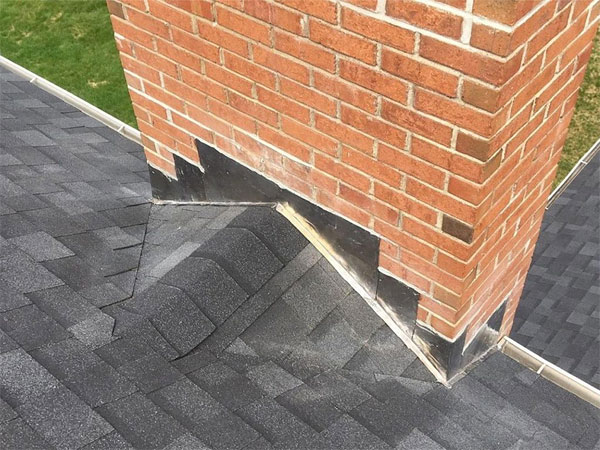
Roof problems often are the result of age, improper use of materials, and poor workmanship. In this blog I want to focus on workmanship and the steps that need to be taken to ensure that your replacement roof lasts for many years to come.
Through the years I have encountered many instances of just poor workmanship on roofs. First, we roofers throw around the word "metal flashings" all the time. Metal flashing can be plumbing jack boot covers, metal heat stack plates, metal step flashings, and head and bottom metal flashings such as around chimneys, dormers and along walls where one story roofs meets two story wall.
First, metal step flashings need to be changed out at the time of every roof replacement due to previous nail holes in the metal itself and maybe some cuts made earlier by another roofer. Caulking just won't cut it. I call this a "Chimney Flashing Kit".
Then metal heat stacks, if damaged in any way, also need to be changed out. Plumbing jack boots need to be changed out every roof replacement. Rotted plywood decking, which the homeowner is not even aware of, needs to be changed out with new plywood decking, not some metal flashing plate nailed over the hole or just shingled over the hole with no support under the shingles. I have seen all of the above.
Finally, roofing valleys need to have a valley lining installed before installing shingles. Dead roof valleys, where the slope is too low, need to have a waterproof membrane laid down first. Dead roof valleys come about with all the roof angles going here and there, and so the dead roof valley was sort of forced in to make the roof work.
As you can see, there are a lot of steps to roof repair and replacement, and if any of these steps are rushed or left out, your roof is likely to have problems in the future.

161 Old Mill Circle, Lewisville, TX 75057
